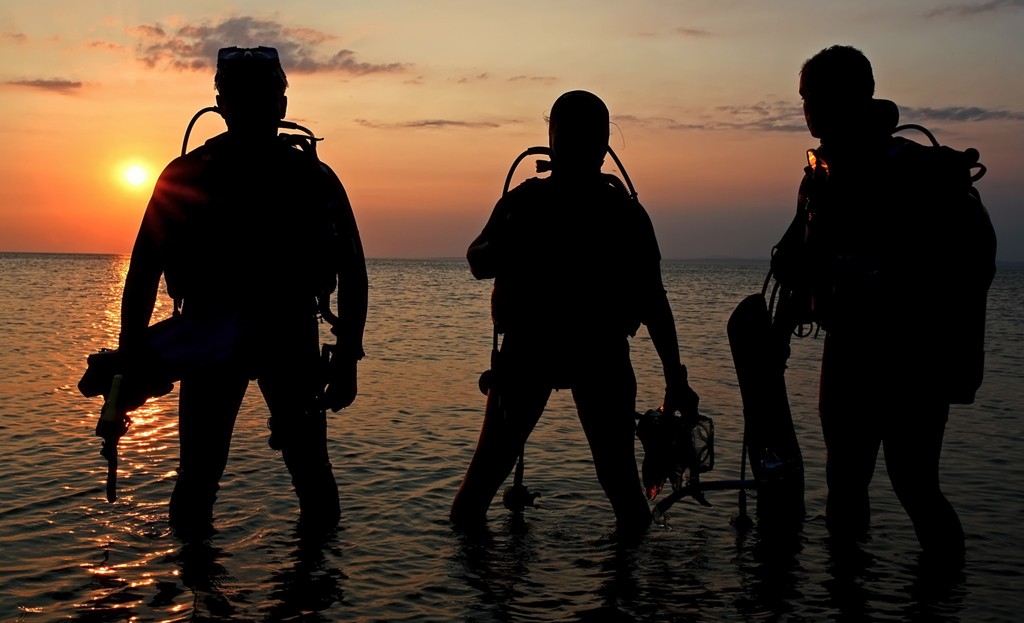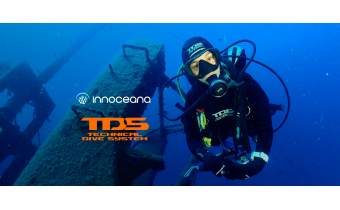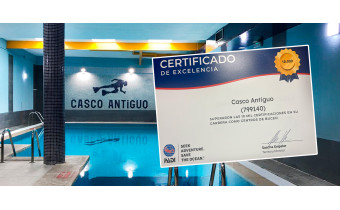
Night Dive
Night diving is one of the best experiences a diver can enjoy. Contrary to what it may seem, these dives also offer relaxation, asmost of the fauna is hidden in cavities. Although many others are active, such as lionfish, whitetip sharks and octopuses, which are nocturnal hunters.
Casco Antiguo wants to give you some advice to enjoy night dives
- If possible, try the same dive during the day. In this way, you will know the area better and be able to appreciate the differences.
- Reach the dive site at sunset. To be better equipped, get used to the lack of light and jump into the water just at dusk.
- Remember that the signals change at night. You can either indicate Ok by shining the spotlight on your hand or by making circles of light. If there is any inconvenience, moving the light quickly is the way to draw attention. And, although it may seem obvious, remember: never shine the light directly into a colleague's face, as they can be easily dazzled.
- Take a night diving course to put this knowledge into practice and obtain a proper certification.
Recommended equipment for night dives
- A main light such as the TDS Kave is required. It is also advisable to carry a second safety light such as the TDS Altair which offers a perfect light for this type of dive. It is important to remember to always carry them charged to avoid surprises.
- A flash, to place next to the cylinder fitting. It is not used to see, but to be seen.
- A strobe light, to hang from the boat or in some strategic point, to help with location.
- Of course a compass, essential to mark the course and have more control of the dive.
Highly recommended night dives
- Dives with whale sharks or manta rays: the light of the spotlight will attract plankton and these giants of the ocean will stop near you to feed. It is an adrenaline-filled experience that can be done in some places in the world, such as the Maldives.
- Wreck diving: already a unique experience but, at night, they are filled with unique species and it is easier to appreciate the internal structure of the ships.
- 'Red light' dives like the one with the subacqua Akkin 3500 video light: get close to shrimp and other nocturnal wildlife without scaring them.
- Black Water Dive, possibly one of the most extreme dives: it consists of diving in the middle of the sea at night, hanging from a line from the boat, and waiting to see pelagic creatures that show their unique colors and shapes when light shines on them. A real treat for underwater photographers.
In short, once you dive at night, you will want to do it again. It is a great way to end the day or start the night during a diving trip. When you are diving, you can turn off the light for a moment and, if there is a full moon, you will be able to see the seabed.
 Cookie preferences
Cookie preferences






